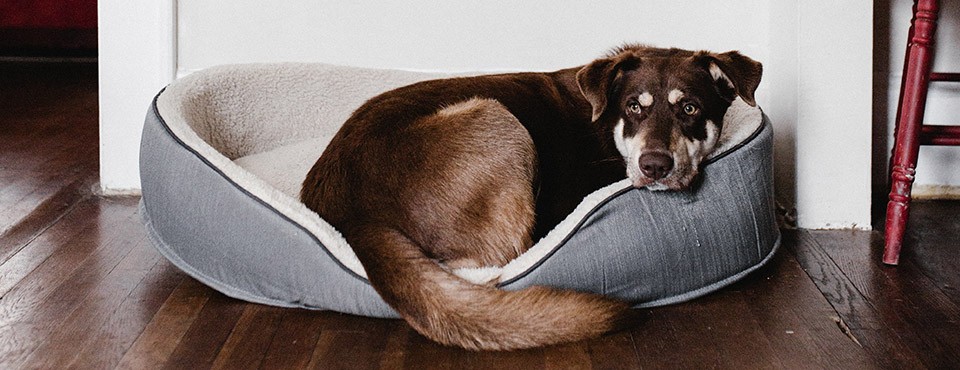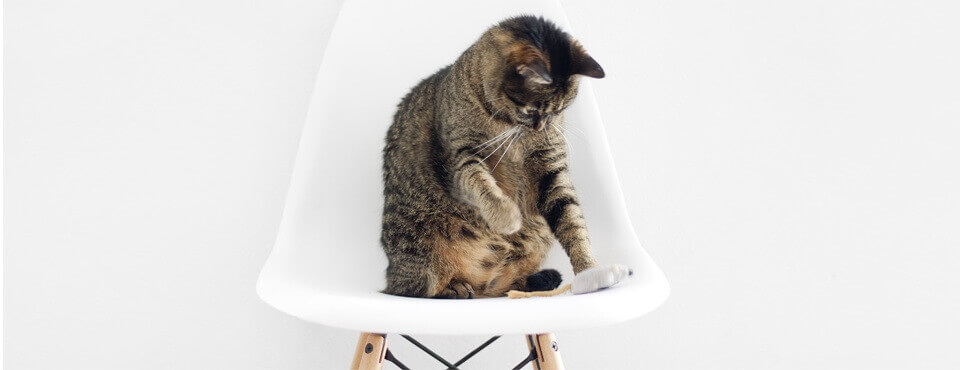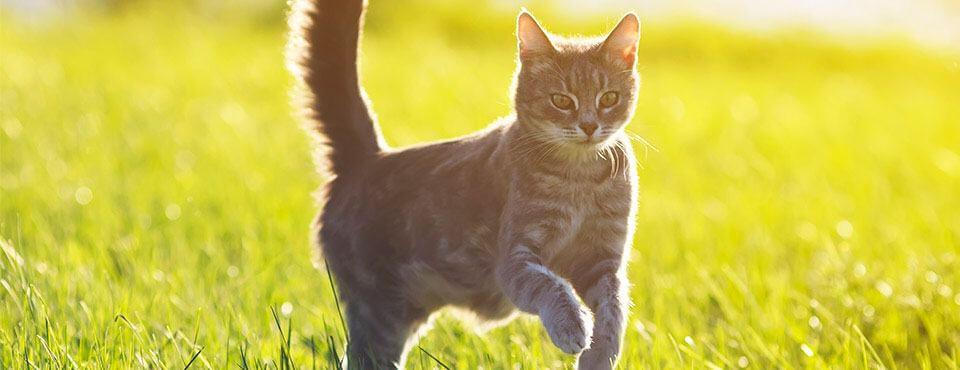If you have a dog and you’ve never had to deal with fleas, consider yourself extremely lucky. Fleas are one of the most common parasites affecting the health of dogs today. They are blood-sucking parasites that live on the outside of a host’s body. Fleas are tiny, resilient, formidable creatures. They are also widely misunderstood, maybe that’s because there are so many myths surrounding their life cycles, how they prey on dogs, and things that you can do to proactively protect your dog and your family before you are forced to deal with the havoc they can wreak. It’s time to learn about flea facts and myths. The following list helps to debunk common myths surrounding fleas so that you can formulate a plan to protect your pooch, your family, and yourself.
MYTH #1 – FLEAS ONLY ATTACK DIRTY DOGS
Fleas don’t care if your dog is clean or dirty. Fleas are interested in one thing and one thing only: a blood meal. Your dog has blood pumping through his or her veins, fleas are interested in attaching and consuming said meal for as long as possible. If you don’t take the time to help your dog stay clean and well-groomed then there is a chance that one flea will lead to another and another, but that’s not because your dog is dirty; it’s because the first flea has the opportunity to thrive unnoticed, laying eggs and building its little flea community in your dog’s fur and in your house. This fact leads to the next myth.
MYTH #2 – ONE OR TWO FLEAS IS NOTHING TO WORRY ABOUT
One or two fleas is everything to worry about because left to their own devices fleas reproduce rapidly. As soon as one flea consumes a meal on your dog, it will lay up to 50 eggs within 48 hours. It’s important to note that once an adult flea is on a dog, it likes to stay there. When it lays eggs, some eggs remain in the dog’s fur, but many eggs roll off, which leads to the next myth.
MYTH #3 – FLEAS INFEST DOGS, NOT HOMES
The fact is that fleas infest dogs and homes at the same time. As noted above, when a flea lays eggs, they roll off the dog’s fur and land wherever the dog happens to be sitting, running or playing. Flea eggs are tiny. They are about the size of a grain of salt. So even if you walk around your house looking for flea eggs on the floor or furniture, in your dog’s crate, or on your bed, chances are you’re not going to notice the eggs at all. If you happen to notice those tiny little grains of salt, you’re probably going to think they are grains of salt.
If you spot them on your sofa where your dog likes to rest, you might brush them off without a thought. If you see them on your pillow, where your dog likes to sleep, you might think that you’re developing dandruff. Weeks later when you notice your dog can’t stop itching and you finally discover those fleas, well, you get the picture. It’s best to take note of your dog’s itching from the start because it may be the first, clear sign that your dog has fleas. This fact leads to the next myth.
MYTH #4 – FLEAS ONLY IRRITATE A DOG’S SKIN, NOTHING MORE, NOTHING LESS
Fleas are capable of doing more than irritating skin, and flea allergy dermatitis is a condition that’s serious and requires attention —fleas are also capable of transmitting many serious diseases to not only your dog but also to you and your family. Just like any other blood-sucking parasite, fleas carry disease-causing bacteria and parasites within their body, and they are capable of transferring potential diseases every time they take a bite.
If you discover fleas on your dog be sure to schedule an appointment with your vet for a thorough check-up.
MYTH #5 – WHEN FLEAS ARE NO LONGER FEEDING ON A DOG THEY ARE NO LONGER AN ISSUE
Sadly, no. When fleas are no longer consuming a blood meal on your dog, there is still an excellent chance that flea eggs are hatching, maggots are developing, and the pupae are preparing to feast like kings and queens. Like all living organisms, fleas undergo a life cycle. The last stage of the cycle is that of the adult flea. This stage is the most visible because that is when the adult flea lands on your dog and consumes a blood meal.
MYTH #6 – NO WORRIES, ALL FLEA PROTECTION IS THE SAME, I CAN CHOOSE ONE AND BE DONE
Technically, you could randomly select one, but you might not be done. Fleas have managed to sustain themselves for millions of years, so underestimating their ability to survive and thrive is probably not the best tactic for keeping your dog safe and protected. There are many different options for flea protection available. It’s best to talk to your vet about the ease and convenience of choosing an option that provides easy, worry-free, long-lasting coverage, especially because the life cycle of a flea does not depend upon the time of year. Fleas can thrive year-round, so taking a break from protection is just another myth that keeps these critters alive.
Your vet plays a big role in your pet’s health. Enter your location and get a list of vets near you.
FIND A VET















 Go To United States
Go To United States Austria
Austria Belgium
Belgium Czech Republic
Czech Republic Denmark
Denmark Europe
Europe Finland
Finland France
France Germany
Germany Greece
Greece Hungary
Hungary Ireland
Ireland Israel
Israel Italy
Italy Netherlands
Netherlands Norway
Norway Poland
Poland Portugal
Portugal Romania
Romania Saudi Arabia
Saudi Arabia Slovakia
Slovakia Spain
Spain Sweden
Sweden Switzerland
Switzerland Turkey
Turkey United Kingdom
United Kingdom